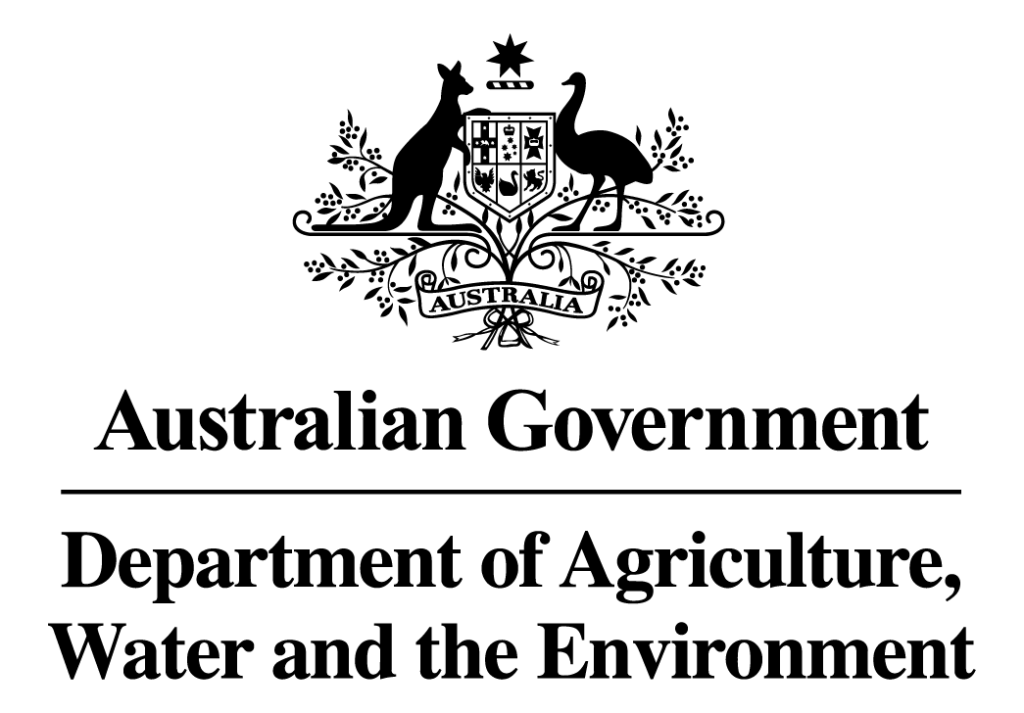Gorse Management
Strategic Approach
Controlling gorse is a long-term commitment. We understand how daunting it can be to start, but by following a step-by-step process you can prepare, plan and control gorse.
Identify and learn
1
Identify and learn about gorse. Understanding it’s life-cycle is important and will maximise your success to control the problem.
Assess your property
2
Where is the gorse problem on your property? Make a map with the size, density and location of the infestation.
Research and review
3
Use the VGT website for resources on gorse. Use the Virtual Extension Officer to investigate and choose best methods of control.
Network and discuss
4
Speak with neighbours, local Landcare groups or weed contractors for information and support. Discuss your chosen control method.
Plan for success
5
Create a realistic management plan that outlines what are you hoping to achieve in the short, medium and long term.
Implement your plan
6
Carry out your control according to your plan.
Monitor and follow-up
7
Monitor your gorse control efforts and continue with methods that prove successful.
Keep going. Don't stop!
8
Now that you have started don’t stop! Control works best
if you are treating plants before they go to flower to prevent further seeding.
More helpful tips for best results
- Target the gorse that poses the greatest risk of spreading and areas where you can achieve the best results with the time and money available.
- Start on higher ground or upstream to stop seeds spreading downward.
- Create buffer zones around heavily infested areas to help reduce its spread while you focus on isolated infestations.
When
Growth Calendar

Pros & Cons
Working with your neighbours is another way to maximise your results. Less gorse in the area means your property is less likely to be reinfested. Neighbours and communities working together means more support, knowledge, and a shared responsibility.
Follow up
Monitor treated gorse so you allow time for planning the additional/ yearly treatments that will be required. Remember, each time gorse flowers it spreads seeds, so plan out your treatment accordingly.
There are many methods available for treating gorse. The right methods vary according to several factors and can also change as the treatment evolves over the years. Don’t hesitate to try out different methods to find what works for your specific situation. Most people adopt a combination of approaches to eradicate their gorse.
Once you have started control don’t stop.
Other Control Methods
Herbicidal Control
Mechanical Control
Cultural Heritage Awareness
Landholders must be careful to avoid further damage to the environment (including waterways) and Aboriginal cultural heritage sites when using machinery. Be aware of your legal obligations and obtain the necessary permits. Aboriginal Cultural Heritage may be found during works at any time, at any place.
If suspected heritage is discovered, work is to cease and a Preliminary Report Form must be completed and sent to vahr@dpc.vic.gov.au. If you are unsure, seek advice from Agriculture Victoria, Department of Environment, Land, Water and Planning, First Peoples – State Relations (formerly Aboriginal Victoria) or your local council.
Disclaimer
The information provided by this website is intended for general information only and should not be relied on or used as a substitute for professional advice for your particular situation.
Before undertaking any weed or rabbit management, always obtain advice from a qualified expert, with respect to your own situation. Always read and follow the label before using any of the products mentioned and ensure that you are undertaking weed and rabbit management in the appropriate conditions and in the appropriate manner.
We do not guarantee this website is without flaw of any kind, or is wholly appropriate for your particular purposes, and therefore disclaim all liability for any error, loss or other consequence which may arise from you relying on any information contained on the website for any purpose.






